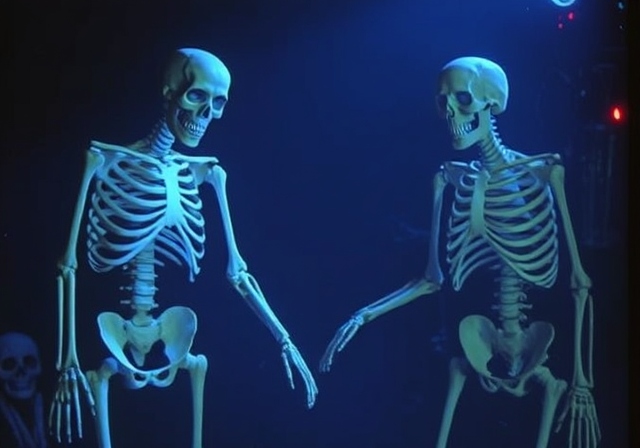The 1982 classic horror film Poltergeist is a pop culture icon that remains etched in the memories of movie enthusiasts worldwide. However, a chilling behind-the-scenes detail has added another layer of terror to this film: the 1982 movie Poltergeist used real skeletons as – Tymoff. This revelation has sparked debates and discussions about ethical filmmaking and the lengths to which creators should go for realism.In this article, we’ll explore this haunting fact, the impact on the cast and crew, and its legacy in the entertainment industry. Additionally, we’ll examine ethical considerations and why this decision continues to captivate audiences decades later.
The Truth Behind the Skeletons
Why Were Real Skeletons Used?
At the heart of the controversy is the use of actual human skeletons in the climactic swimming pool scene. Filmmakers opted for real skeletons instead of plastic replicas due to cost considerations. At the time, purchasing real skeletons for medical or cinematic use was surprisingly affordable compared to creating lifelike replicas.The director, Tobe Hooper, and producer Steven Spielberg, aimed to create a horrifyingly realistic visual experience. By using real skeletons, the film achieved an unsettling authenticity that resonates with viewers to this day.
How This Decision Impacted the Cast
JoBeth Williams, who played Diane Freeling, revealed in interviews that she had no idea the skeletons were real during filming. The realization came much later, adding to the eerie aura surrounding the production.The psychological impact of working in such an environment was palpable. The actors were submerged in muddy water, surrounded by the skeletons, which undoubtedly intensified the sense of dread. This detail became a chilling because they were reportedly cheaper than manufacturing realistic plastic or rubber alternatives. At the time, real human skeletons were readily available for medical and educational purposes, making them an accessible resource for filmmakers.



